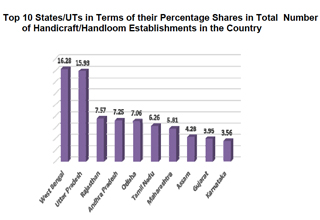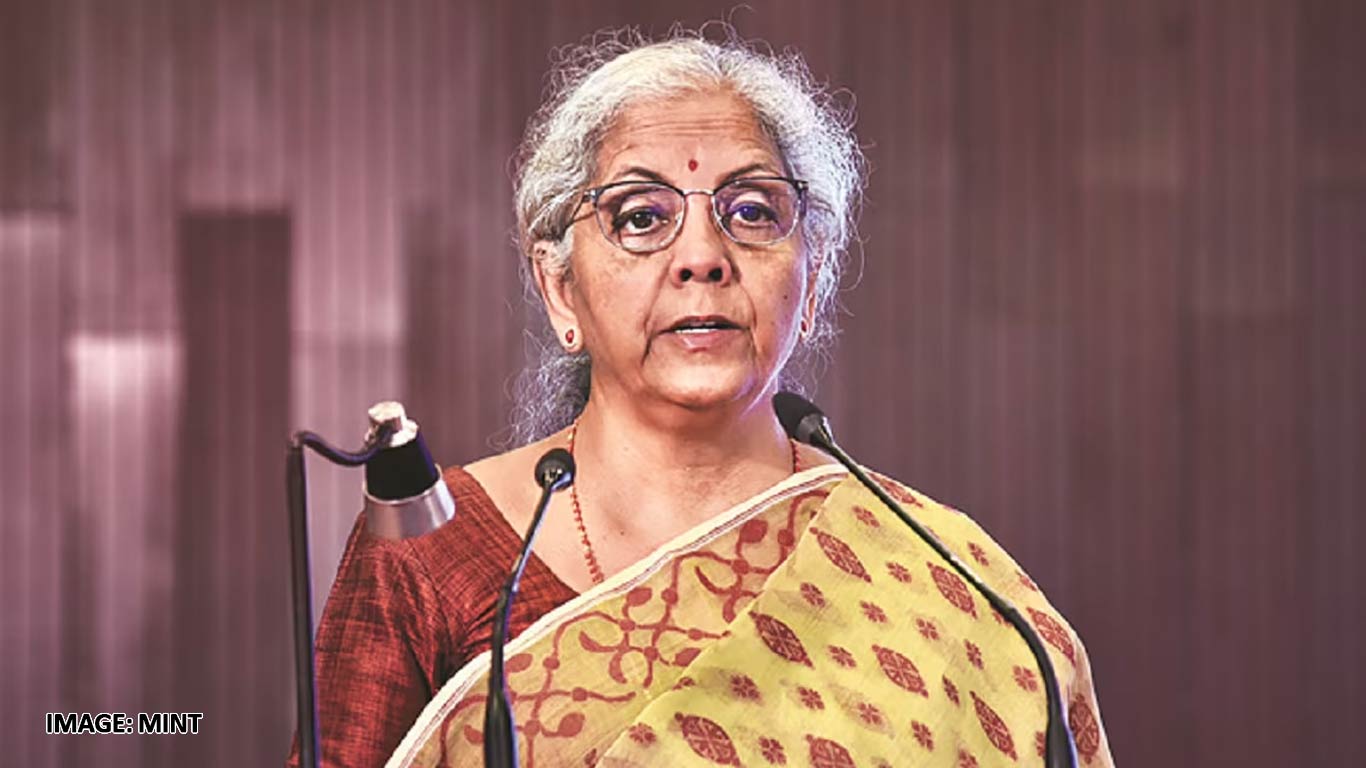Handicraft, handloom units identified separately in 6th Economic Census
Updated: Jul 30, 2014 02:17:32pm

The Central Statistics Office (CSO) in the Ministry of Statistics and Programme Implementation (MoSPI) conducted the Sixth Economic Census during January, 2013 to April, 2014 in collaboration with Directorates of Economics and Statistics in all the States and Union Territories, according to an official release.
The provisional results of the census were jointly released by Chairman, National Statistical Commission, Pronab Sen, and Chief Statistician of India and Secretary, Ministry of Statistics and Programme Implementation, Government of India, T C A Anant, at a function here.
Economic Census provides detailed information on operational and economic variables, activity wise, of the establishments of the country including their distribution at all-India, State, district and village/ward levels for comprehensive analysis of the structure of the economy (micro, macro, regional levels) and for benchmark purposes. The database also serves as a sampling frame for drawing samples for socio economic surveys by Governments and research organizations.
According to the provisional results which excluded crop production, public administration, defence and compulsory social security service activities, there are 35,023 (in 000) establishments in rural India and 23,447 (in 000) establishments in urban India which adds up to 58,470 (in 000) establishments across India, the release said.
In the handicraft/handloom sector, there are 1,294 (in 000) units in the rural area and 899 (in 000) units in the urban area making a total of 2,193 (in 000) units.
As far as the number of establishments outside household without fixed structure are concerned, there are 7,333 (in 000) units in rural India, 4,646 (in 000) units in urban India, taking the total to 11,979 (in 000) units.
The first Economic Census was conducted in 1977 covering only non-agricultural establishments employing at least one hired worker on a fairly regular basis. The second and third Economic Censuses were conducted in 1980 and 1990 along with house listing operations of 1981 and 1991 Population Censuses respectively. These two Economic Censuses covered all agricultural and non-agricultural establishments excepting those engaged in crop production and plantation. The fourth and Fifth Economic Censuses were carried out in 1998 and 2005 respectively with the same coverage.
The Sixth Economic Census had also the same coverage as that of Fifth Economic Census. However, establishments engaged in public administration, defence and compulsory social security activities have been excluded as data pertaining to them are available with the Government through administrative records and also due to the difficulties faced in collecting information from such establishments during the Fifth Economic Census. The Sixth Economic Census separately identified handicraft/handloom establishments for the first time.
Further, enumeration blocks (EBs) of Population Census, 2011 have been used as the primary geographical units for collection of data. This would facilitate the linking of Census 2011 database with that of Sixth Economic Census at the lower geographical levels like EBs and wards. (KNN/ES)











